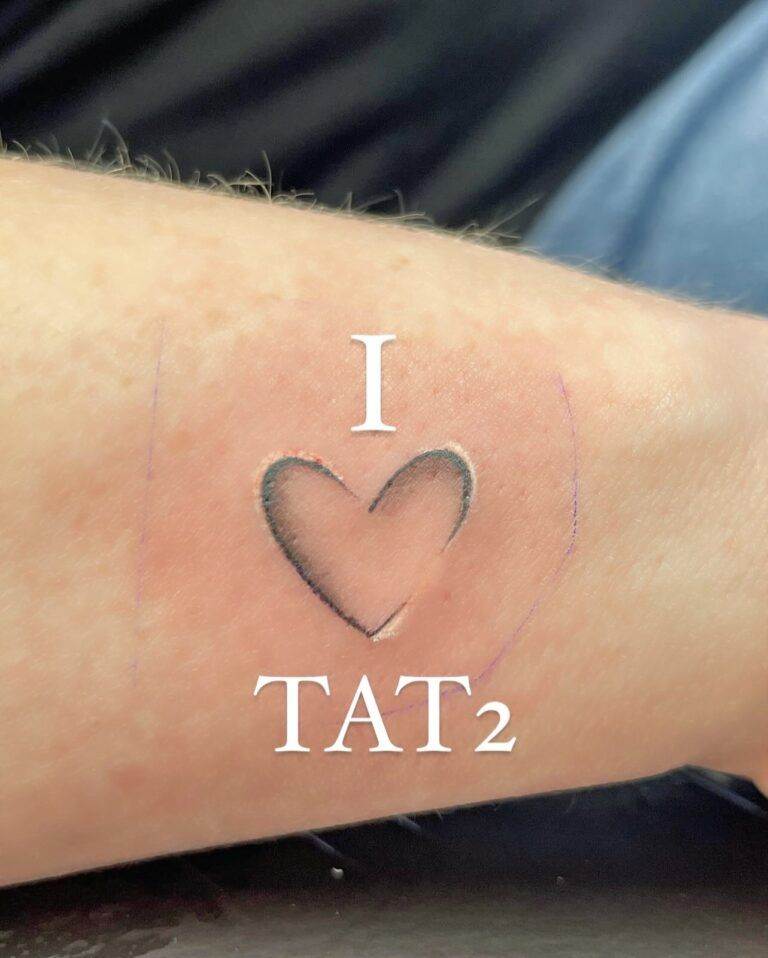The Skin Tone Spectrum: Understanding the Diversity of Skin Colors
The human skin is a canvas of remarkable diversity, with a vast spectrum of tones and hues that span the globe. From the fairest of complexions to the deepest of ebony, the range of skin colors is a testament to the incredible adaptability and resilience of our species. Each skin type possesses its own unique characteristics, with varying undertones and pigmentation levels that can significantly impact the way a tattoo is perceived and experienced.
Exploring this wide range of skin tones is a fascinating journey, one that reveals the intricate interplay between genetics, environment, and cultural heritage. From the delicate porcelain of Northern Europeans to the rich, warm tones of Sub-Saharan Africans, the diversity of human skin is a true marvel. Recognizing and celebrating these differences is not only a matter of cultural appreciation but also a crucial consideration for those seeking to adorn their bodies with the art of tattooing.
Understanding the nuances of different skin types is essential for both tattoo artists and enthusiasts alike. By acknowledging the unique characteristics and undertones of various skin tones, we can ensure that the tattoo experience is tailored to the individual, resulting in a harmonious and visually striking integration of ink and canvas.
Melanin Matters: How Pigmentation Affects Tattoo Visibility
At the heart of the skin tone spectrum lies the remarkable compound known as melanin. This natural pigment, produced by specialized cells called melanocytes, is the primary determinant of skin color, ranging from the palest of ivory to the deepest of ebony. The amount and distribution of melanin within the skin not only define its outward appearance but also play a crucial role in the visibility and longevity of tattoos.
Individuals with higher levels of melanin, such as those with darker skin tones, often experience a more muted and subtle tattoo appearance. The melanin-rich skin acts as a natural filter, absorbing and scattering the vibrancy of the tattoo ink, resulting in a softer, more understated look. Conversely, those with lighter skin tones tend to have tattoos that appear more vivid and contrasted, as the melanin content is lower, allowing the ink to stand out more prominently.
The impact of melanin on tattoo visibility extends beyond the initial application, as it also influences the longevity of the ink. Over time, the body’s natural healing processes and the gradual breakdown of the tattoo pigments can lead to fading and blurring, particularly in individuals with higher melanin levels. This phenomenon is a result of the skin’s ability to more effectively break down and disperse the tattoo ink, a process that can be accelerated by sun exposure and other environmental factors.
Understanding the role of melanin in tattoo visibility and longevity is crucial for both tattoo artists and clients. By recognizing the unique characteristics of different skin types, they can collaborate to create designs that not only complement the individual’s skin tone but also withstand the test of time, ensuring a visually stunning and long-lasting tattoo experience.
Contrasting Canvases: Tattoo Designs for Light, Medium, and Dark Skin Tones
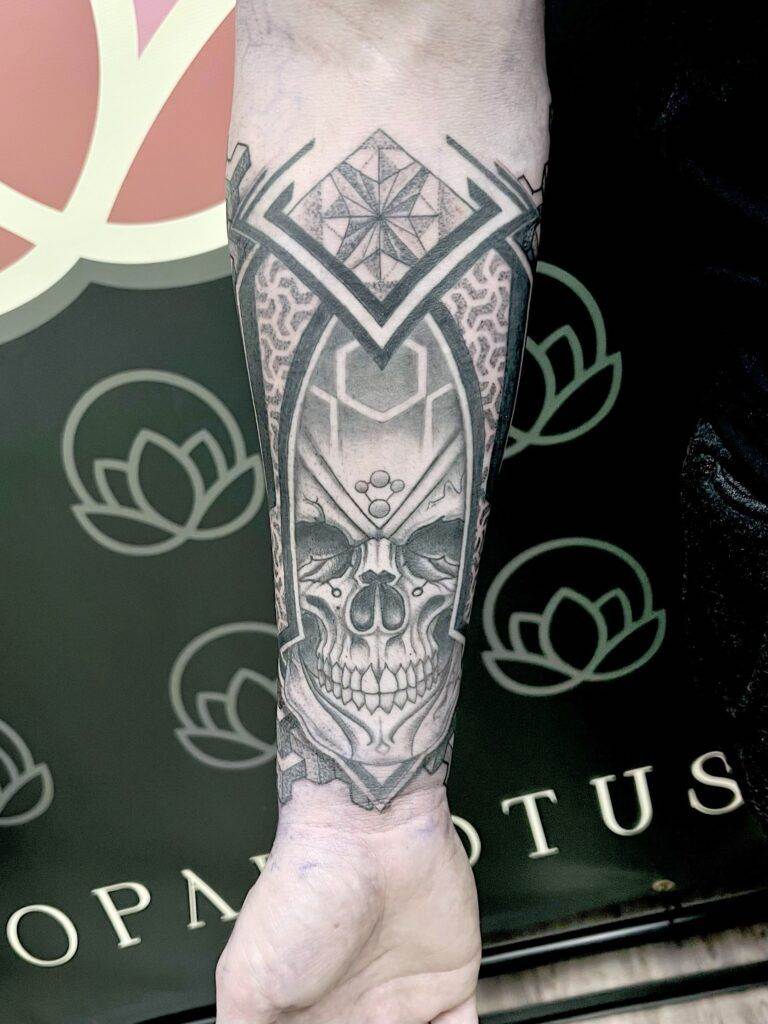
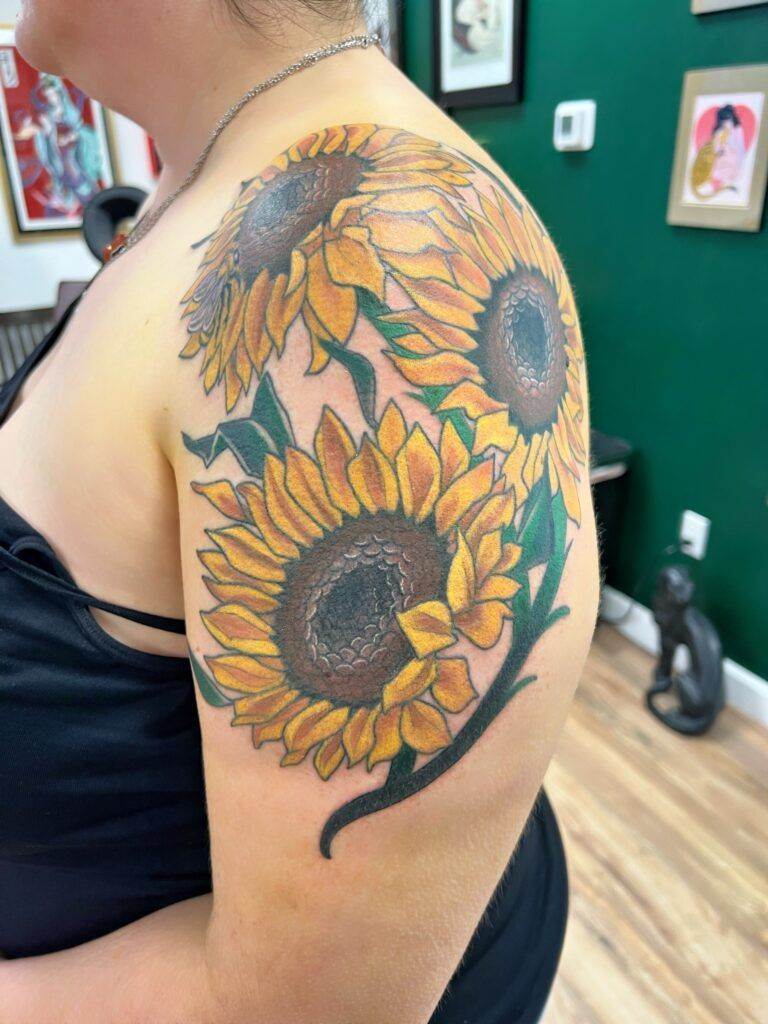
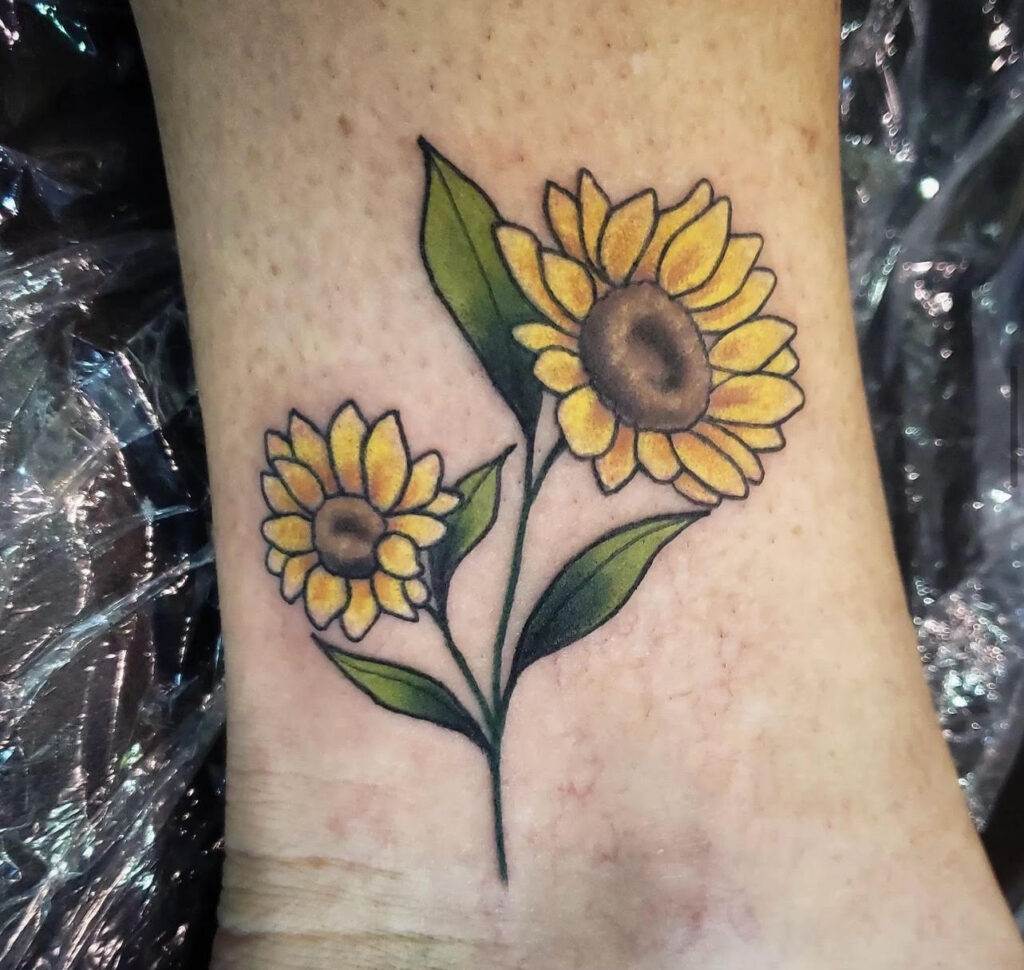
When it comes to the art of tattooing, the canvas of the skin plays a pivotal role in the overall aesthetic and impact of the design. Just as a painter must consider the texture and tone of their canvas, tattoo artists must carefully select and adapt their designs to complement the unique characteristics of their client’s skin.
For individuals with lighter skin tones, the tattoo experience can be a vibrant and dramatic affair. The contrast between the pale skin and the bold, saturated ink creates a striking visual effect, allowing for the use of a wide range of colors and intricate details. Delicate line work, intricate patterns, and highly detailed designs can all thrive on the lighter canvas, showcasing the artist’s skill and the client’s personal expression.
In contrast, those with medium skin tones often find that a more nuanced approach to tattoo design is required. The interplay between the skin’s natural pigmentation and the tattoo ink can create a more subtle, harmonious effect. Designs that incorporate a balance of bold and muted tones, as well as strategic use of shading and highlighting, can help to ensure that the tattoo remains visually striking while seamlessly integrating with the client’s skin.
For individuals with darker skin tones, the tattoo experience can present unique challenges and opportunities. The higher melanin content can make certain ink colors appear muted or less vibrant, requiring the artist to carefully select pigments that will stand out and maintain their intensity over time. Designs that emphasize bold, high-contrast elements, such as black and gray work, can be particularly effective in creating a striking and long-lasting tattoo on darker skin.
Regardless of the skin tone, the key to a successful tattoo lies in the collaboration between the artist and the client. By understanding the unique characteristics of different skin types and working together to create designs that complement and enhance the natural beauty of the canvas, the art of tattooing can be elevated to new heights of expression and individuality.
Ink Intensity: Adjusting Pigment Concentration for Optimal Results
The intensity and vibrancy of a tattoo are not solely dependent on the skill of the artist or the quality of the ink; they are also heavily influenced by the concentration of the pigment and its interaction with the client’s skin tone. Achieving the desired level of tattoo intensity requires a delicate balance, one that takes into account the unique characteristics of the individual’s skin.
For those with lighter skin tones, the tattoo experience can often be a vibrant and dramatic affair. The contrast between the pale canvas and the bold, saturated ink creates a striking visual effect, allowing for the use of a wide range of colors and intricate details. In these cases, the artist may opt for a higher concentration of pigment to ensure that the tattoo stands out and maintains its vibrancy over time.
Conversely, individuals with darker skin tones may require a more nuanced approach to ink concentration. The higher melanin content can make certain ink colors appear muted or less vibrant, requiring the artist to carefully select pigments that will stand out and maintain their intensity. In these situations, the artist may need to increase the concentration of the ink to ensure that the tattoo remains visually striking and long-lasting.
Striking the right balance between ink concentration and skin tone is not a one-size-fits-all solution. Each client’s unique skin characteristics, including undertones and pigmentation levels, must be taken into account to achieve the desired result. By working closely with their clients and adjusting the ink concentration accordingly, tattoo artists can create stunning, high-contrast tattoos that seamlessly integrate with the individual’s skin.
Ultimately, the key to achieving optimal tattoo intensity lies in the collaboration between the artist and the client. By understanding the nuances of different skin types and working together to find the perfect balance of ink and canvas, the art of tattooing can be elevated to new heights of expression and individuality.
Undertone Considerations: Warm, Cool, and Neutral Skin Tones
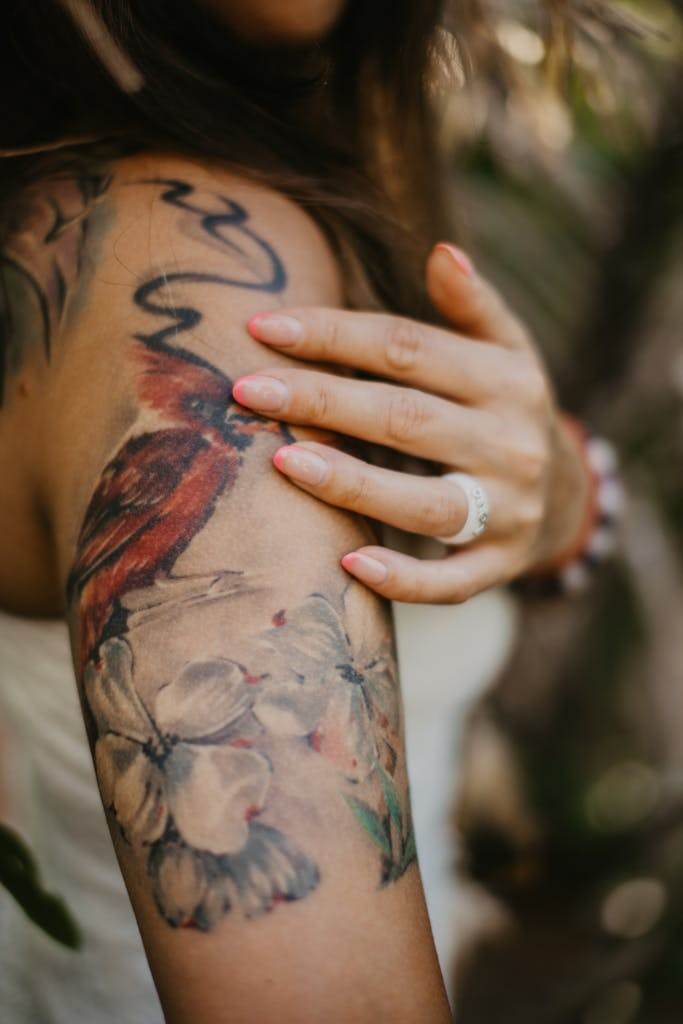
Skin tone is not a simple binary of light and dark; it is a complex tapestry of undertones that can significantly impact the appearance and integration of a tattoo. Understanding the nuances of warm, cool, and neutral skin tones is essential for both tattoo artists and enthusiasts alike, as it can mean the difference between a harmonious and visually striking tattoo, and one that appears jarring or out of place.
Individuals with warm skin tones, characterized by golden, peachy, or olive undertones, often find that tattoos with warm-based colors, such as reds, oranges, and yellows, complement their natural complexion. These hues can create a seamless and cohesive integration, allowing the tattoo to blend effortlessly with the skin. Conversely, cooler tones, like blues and greens, may appear slightly more contrasted, creating a striking but potentially less harmonious effect.
For those with cool skin tones, which often exhibit pink, red, or blue undertones, the opposite is true. Tattoos featuring cool-based colors, such as blues, purples, and greens, tend to integrate more naturally, while warmer hues may appear slightly more jarring or out of place.
Individuals with neutral skin tones, which lack a dominant warm or cool undertone, have the luxury of a more versatile canvas. These skin types can often accommodate a wider range of tattoo colors, from vibrant reds and blues to more muted earth tones, without experiencing significant clashes or integration issues.
Recognizing the undertones of one’s skin is a crucial step in the tattoo selection process. By working closely with their clients and considering the unique characteristics of their skin, tattoo artists can help to ensure that the final design not only reflects the individual’s personal style but also harmonizes seamlessly with their natural complexion.
Blending Boundaries: Techniques for Seamless Tattoo Integration
The art of tattooing is not merely about the application of ink; it is also about the seamless integration of the design with the canvas of the skin. Achieving a cohesive and visually striking tattoo requires a delicate balance of techniques that can help to blur the boundaries between the ink and the natural contours of the body.
One of the key strategies for ensuring a smooth transition between tattoo and skin is the use of shading and blending techniques. By carefully applying gradients and softening the edges of the design, tattoo artists can create the illusion of the tattoo emerging organically from the skin, rather than appearing as a stark, separate element.
This approach is particularly important for individuals with varying skin tones and undertones, as it can help to minimize the contrast between the ink and the natural complexion. By incorporating subtle shading and blending, the tattoo can be made to appear as if it has always been a part of the individual’s body, rather than a foreign element imposed upon it.
In addition to shading and blending, the placement of the tattoo can also play a crucial role in its integration with the skin. Certain areas of the body, such as the joints or areas with more pronounced muscle and bone structure, can present unique challenges when it comes to tattoo placement. By strategically positioning the design, tattoo artists can leverage the natural contours of the body to create a seamless and harmonious appearance.
Ultimately, the goal of blending techniques in tattooing is to create a sense of unity and cohesion between the ink and the skin. By working closely with their clients, tattoo artists can develop customized approaches that not only showcase their artistic skills but also celebrate the unique beauty and individuality of each person’s canvas.
Aftercare Adjustments: Tailoring Post-Ink Care for Skin Type

The journey of a tattoo does not end with the final application of ink; it is an ongoing process that requires diligent aftercare and maintenance to ensure the longevity and vibrancy of the design. Just as the initial tattoo process must be tailored to the individual’s skin tone and characteristics, the post-ink care routine must also be customized to address the unique needs of each client.
Individuals with lighter skin tones may require a more gentle and cautious approach to aftercare, as their delicate complexions can be more susceptible to irritation and inflammation. Gentle cleansers, fragrance-free moisturizers, and sun protection are essential in maintaining the integrity of the tattoo and preventing premature fading or discoloration.
In contrast, those with darker skin tones may need to be more vigilant in their aftercare routine, as the higher melanin content can make the skin more prone to hyperpigmentation and scarring. Incorporating targeted treatments, such as hydrocortisone creams or specialized tattoo aftercare products, can help to mitigate these challenges and ensure optimal healing and long-term tattoo vibrancy.
Regardless of skin tone, proper aftercare is crucial for all tattoo recipients. By working closely with their clients and providing personalized guidance, tattoo artists can help to ensure that the tattoo not only heals properly but also maintains its visual impact for years to come.
Tailoring the aftercare routine to the individual’s skin type is not only a matter of ensuring the tattoo’s longevity but also a reflection of the artist’s commitment to their client’s overall well-being. By taking the time to understand the unique needs and characteristics of each person’s skin, tattoo artists can create a truly holistic and personalized experience that celebrates the beauty and individuality of the human canvas.
Laser Removal Challenges: Addressing Skin Tone Differences

The world of tattoos is not without its complexities, and one of the most challenging aspects is the process of laser removal. While this technology has revolutionized the way we approach unwanted ink, it is not a one-size-fits-all solution, particularly when it comes to individuals with diverse skin tones.
Individuals with lighter skin tones often find the laser removal process to be more straightforward, as the contrast between the ink and the skin allows the laser to target the pigment more effectively. However, for those with darker skin, the process can be more nuanced and challenging.
The higher melanin content in darker skin tones can make the laser more likely to target the surrounding skin, rather than the tattoo ink itself. This can result in uneven or patchy removal, as well as an increased risk of complications such as hyperpigmentation or scarring.
To address these challenges, tattoo removal specialists must take a more cautious and customized approach. This may involve the use of specialized laser settings, the incorporation of cooling techniques, and a more gradual, multi-session removal process. By working closely with their clients and closely monitoring the skin’s response, these professionals can help to ensure a safe and effective removal experience, regardless of the individual’s skin tone.
It is important to note that the success of laser tattoo removal is not solely dependent on skin tone; other factors, such as the age and composition of the tattoo, can also play a significant role. However, understanding the unique considerations and potential complications associated with diverse skin types is crucial for achieving the best possible outcomes.
As the demand for tattoo removal continues to grow, it is essential that the industry remains committed to providing inclusive and accessible services that cater to the needs of all individuals, regardless of their skin tone or other physical characteristics. By embracing this diversity and developing tailored approaches, tattoo removal specialists can help to empower their clients and celebrate the beauty of the human canvas in all its forms.
Embracing Individuality: Celebrating the Beauty of Diverse Tattoo Canvases
In the world of tattooing, the canvas of the human skin is a tapestry of remarkable diversity, each individual’s body a unique and captivating work of art. From the fairest of complexions to the deepest of ebony, the range of skin tones and undertones is a testament to the incredible beauty and resilience of the human form.
As tattoo enthusiasts and artists, it is our responsibility to embrace and celebrate this diversity, recognizing that the true power of the art lies not in the uniformity of the canvas, but in the rich and varied expressions that each individual’s skin can offer.
Whether it is the delicate, porcelain-like skin of a Northern European or the warm, golden tones of a Mediterranean complexion, every skin type has the potential to serve as a stunning and unique backdrop for the art of tattooing. By acknowledging and honoring these differences, we can create a more inclusive and empowering tattoo culture, one that celebrates the beauty and individuality of each person’s canvas.
Moreover, the celebration of diverse skin tones in the world of tattooing can have far-reaching implications, challenging societal norms and promoting greater self-acceptance and body positivity. By embracing the unique characteristics and undertones of different skin types, we can help to dismantle the narrow beauty standards that have long dominated the industry and empower individuals to embrace their natural beauty with pride and confidence.
As we continue to explore the intricate relationship between skin tone and tattoo artistry, let us remember that the true power of this art form lies not in the homogeneity of the canvas, but in the remarkable diversity that makes each person’s body a one-of-a-kind masterpiece. By celebrating this individuality and fostering a culture of inclusivity and acceptance, we can elevate the art of tattooing to new heights, inspiring and empowering individuals of all backgrounds to adorn their bodies with the vibrant and expressive ink that speaks to their unique stories and identities.


